
Part II: Boat Stuff

70 Years, 70 Innovations III: Electronics
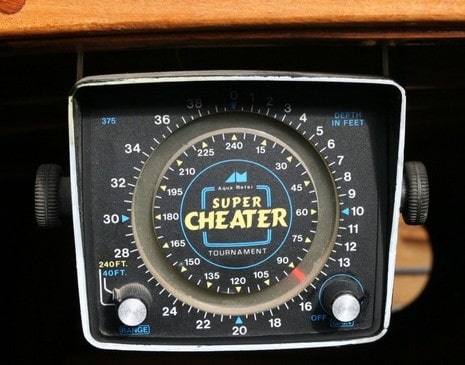
70 Years, 70 Innovations III: Electronics
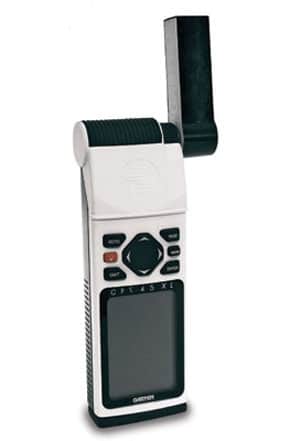
70 Years, 70 Innovations III: Electronics

70 Years, 70 Innovations III: Electronics

70 Years, 70 Innovations III: Electronics
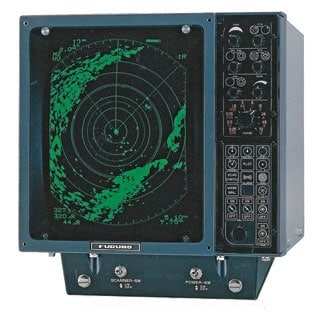
70 Years, 70 Innovations III: Electronics

70 Years, 70 Innovations III: Electronics
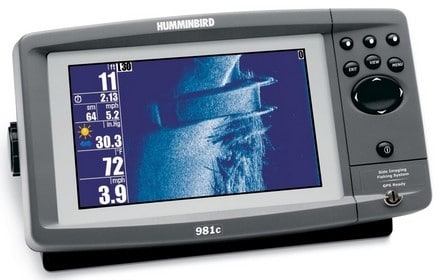
70 Years, 70 Innovations III: Electronics
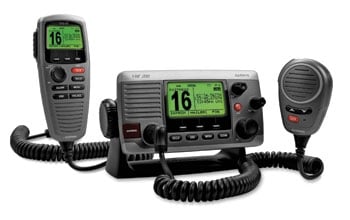
70 Years, 70 Innovations III: Electronics

Part II: Boat Stuff









